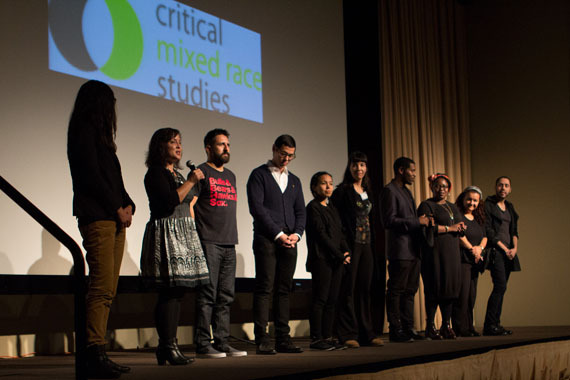bell hooks, Rethinking Everything, and Colorism – Hidden Power of Words Series, #13Posted in Anthropology, Arts, Media Archive, Social Science on 2014-11-23 20:50Z by Steven |
bell hooks, Rethinking Everything, and Colorism – Hidden Power of Words Series, #13
Andrew Joseph Pegoda, A.B.D.
2014-11-22
Andrew Joseph Pegoda
Department of History
University of Houston, Houston, Texas
bell hooks continues to transform my thinking and understanding of all things related to critical theory and History. I have completely fallen in love with her conceptualization of the White Supremacist Capitalist Patriarchy.
Yesterday I was listening to this talk (which is excellent!) between hooks and Gloria Steinem, and the word “colorism” caught my attention. “Colorism” is not a word I had heard before, but it sounded intriguing. One of the things I love about learning is that you are always learning something new, and in this case, something that “makes so much sense.”
A search on Google does not reveal any substantial results, but the basic idea that colorism is discrimination based on the hue of a person’s skin (similar to but different than phenotype) was clear and is, potentially, a revolutionary concept for my thinking, writing, and teaching.
Given how much scholars in the Liberal Arts preach that race is a social construction, not a biological reality; that race does not exist but racism does exist, students frequently say, with full sincerity, how can we have racism if race does not exist. Or, they will say, “clearly we all have different skin colors, how do you “explain” that away.” For a while, I learned to frame this with the following explanation: No one is white or black, but they can be and are racialized as White or Black…
Read the entire article here.
